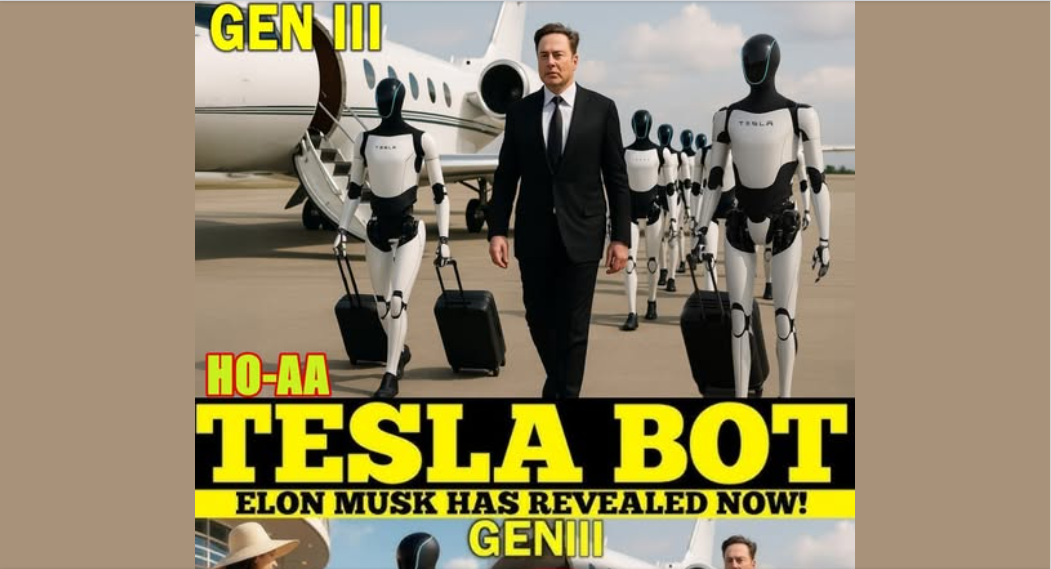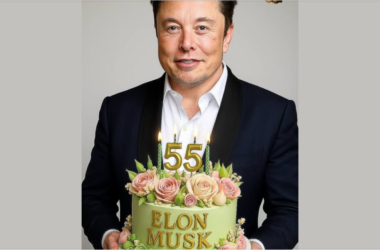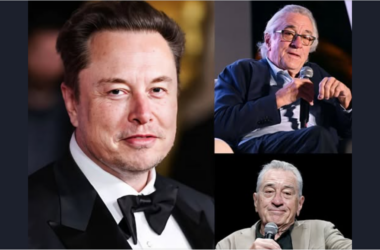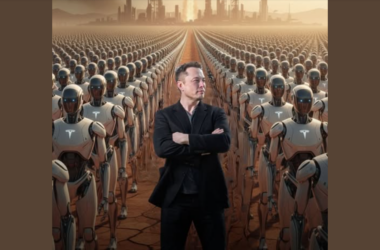
Elon Musk has finally broken his silence on the most anticipated update in robotics history—the Tesla Bot Gen 3. In a surprise live stream broadcast from the company’s Austin headquarters, Musk personally demonstrated and reviewed the $18,999 humanoid assistant. The internet exploded, and for good reason: the updates are not just impressive—they’re unnerving.

The Tesla Bot Gen 3: What’s New?
Codenamed “Optimus Omega,” the Gen 3 Tesla Bot is significantly more advanced than its predecessor. Priced at $18,999, it’s now positioned not as a luxury prototype—but as a mass-consumer domestic assistant. Key updates include:

AI Motor Reflex System: Tesla Bot can now catch falling objects in midair with human-like reflexes.
Facial & Emotional Recognition: With embedded neural processors, Gen 3 reads facial expressions and tone to adjust its responses.

Grip Control Evolution: It can handle delicate items like eggs or glasses—and then lift up to 100 pounds when needed.
“Home Sync” Ecosystem: Seamlessly integrates with Tesla’s home energy systems, security cameras, and even Tesla vehicles.
“It’s not just a robot anymore,” Musk said. “It’s an extension of your home, your assistant, your hands.”

First Batch Sold Out in Minutes
Following the livestream, Tesla opened limited preorders for 2,000 Gen 3 units—each with a 3-month delivery timeline. The entire batch sold out within 7 minutes, according to internal sources.

Many were surprised at the relatively affordable price tag. Musk addressed this directly:
“We want this to be in every home by 2030. This isn’t luxury. It’s evolution.”

Investigating the Implications: A Hidden Agenda?
But not everyone is applauding. AI ethicists and robotics experts are raising alarms:
Privacy Risk: Gen 3 features real-time biometric feedback, raising surveillance concerns.

Autonomy Questions: Can a home bot with adaptive learning override user commands in the name of safety?
Job Displacement: The bot’s efficiency in cooking, cleaning, security, and caregiving may directly threaten millions of jobs in domestic and service sectors.

Dr. Lina Moreno, a robotics watchdog at MIT, stated:
“This is the first consumer product that comes frighteningly close to general-purpose AI labor. Are we ready for that responsibility?”
Internal Source Leaks “Omega Protocol”
A leaked Tesla document obtained by this outlet outlines a classified development phase referred to as the “Omega Protocol.” It reportedly explores enabling Tesla Bots to:

Share data with nearby bots over mesh networks.
Auto-learn routines without programming.
Coordinate with smart cities and municipal systems.

If true, this would make Tesla Bot not just a household tool—but a potential distributed intelligence platform.
“If Gen 2 was Roomba with legs, Gen 3 is Alexa with muscles and a mind of its own,” said one anonymous engineer.

What Does This Mean for the Future?
Tesla’s push into mass-market humanoid robotics could permanently reshape how we define labor, companionship, and even privacy. Critics warn that we are entering a world where machines observe, learn, and adapt within intimate human spaces—without public infrastructure or legal frameworks to regulate them.

Still, demand speaks for itself: people want this. Musk’s vision of a fully automated, AI-integrated home has moved beyond hype—it’s hardware.




